The Subtle Art of Not Giving a F*ck
A Counterintuitive Approach to Living a Good Life
What's it about?
The Subtle Art of Not Giving a Fck is not your typical self-help book. Mark Manson's raw and honest approach challenges readers to reevaluate their values and focus on what truly matters. With practical advice and unconventional wisdom, this book offers a refreshing perspective on living a meaningful life.
About the Author
Mark Manson is a bestselling author known for his straightforward and irreverent writing style. His most notable work, "The Subtle Art of Not Giving a F*ck," challenges conventional self-help wisdom with a refreshing and no-nonsense approach. Manson's work explores themes of self-improvement, personal development, and finding happiness in a world full of expectations. With a unique blend of humor and wisdom, his writing offers a fresh perspective on living a meaningful life.
9 Key Ideas of The Subtle Art of Not Giving a F*ck
- The Feedback Loop from Hell
- The Misadventures of Disappointment Panda
- Things Fall Apart
- The Self-Awareness Onion
- The Choice
- Architects of Our Own Beliefs
- The Failure/Success Paradox
- Rejection Makes Your Life Better
- Something Beyond Our Selves
Imagine a scenario where you get angry at yourself for feeling anxious, then become more anxious about being angry, and so on. This is what's known as The Feedback Loop from Hell, a self-perpetuating cycle of negative emotions that can be incredibly difficult to break free from.
It starts innocently enough with an initial emotional response—be it anger, sadness, or anxiety. However, instead of acknowledging this emotion and moving forward, we often compound the problem by becoming upset with ourselves for experiencing these feelings in the first place. It's like adding fuel to an already raging fire.
This loop is particularly insidious because it not only intensifies our original emotion but also introduces additional layers of distress. We end up berating ourselves not just for our initial reaction but also for our reactions to those reactions—a complex web of self-criticism that can leave us feeling paralyzed.
Breaking Free From Self-Judgment
To escape this feedback loop, we must learn to recognize when we're spiraling into self-judgment and take steps to interrupt the cycle. One effective method is through mindfulness—observing our thoughts and emotions without attaching judgment or significance to them.
By practicing mindfulness, we allow ourselves space to experience emotions without immediately reacting to them negatively. This pause creates room for reflection rather than reflexive criticism and helps us understand that having certain feelings doesn't make us flawed—it makes us human.
Another approach involves reframing how we perceive negative emotions altogether. Instead of viewing them as personal failures or weaknesses, consider them natural responses that everyone experiences at times. By normalizing these feelings rather than demonizing them, we reduce their power over us.
Self-compassion plays a crucial role here; treating oneself with kindness during moments of emotional turmoil can help mitigate further negativity and promote healing.
Embracing Negative Experiences
A key takeaway from understanding The Feedback Loop from Hell is learning how embracing negative experiences can lead to growth and resilience. When we stop fighting against uncomfortable emotions—and instead accept their presence—we begin dismantling the loop piece by piece.
Acceptance does not mean resignation; it means recognizing reality as it stands without excessive internal conflict. It allows individuals to confront challenges head-on rather than getting caught in endless cycles of meta-emotions (emotions about emotions).
Tactics
- Recognize: Identify when you're entering The Feedback Loop from Hell.
- Pause: Give yourself permission to feel your initial emotion without immediate judgment.
- Reflect: Understand why you're feeling this way—what triggered it?
- Reframe: Shift your perspective on negative emotions as part-and-parcel of life.
- Respond With Compassion: Treat yourself kindly regardless of your emotional state.
Breaking out requires patience and practice but doing so liberates one from unnecessary suffering caused by compounded negativity—an essential step towards mental well-being and inner peace.
Key Examples/Data
- Bukowski's Rejection and Persistence: Charles Bukowski faced decades of rejection for his writing, being labeled as "horrible, crude, disgusting, and depraved." Despite this, he persisted, working a day job at a post office, spending most of his money on alcohol and gambling, and writing poetry at night. After thirty years of struggle, an editor at a small publishing house took a chance on him, leading to the publication of his first novel, "Post Office," and subsequent success as a novelist and poet.
- Bukowski's Epitaph: "Don't Try": Despite achieving fame and success, Bukowski's tombstone epitaph reads "Don't try." This seemingly contradictory message reflects his comfort with himself as a failure and his honesty in his work, rather than a pursuit of traditional success.
- The Feedback Loop from Hell: The chapter discusses the "Feedback Loop from Hell," where individuals become anxious about their anxiety, angry about their anger, or worried about their worries, creating a cycle of negative emotions. This loop is described as a common experience, leading to stress, neuroticism, and self-loathing.
- The Desire for More Positive Experience: The passage challenges the conventional wisdom of pursuing positive experiences, highlighting that fixating on what one lacks can lead to a continuous reminder of personal shortcomings and failures. The pursuit of happiness and positivity is portrayed as a negative experience in itself.
- The Subtle Art of Not Giving a Fuck: The chapter introduces the concept of "not giving a fuck" as a means of prioritizing thoughts and focusing on what truly matters, rather than fixating on trivial or unimportant aspects of life. It emphasizes the importance of choosing what to give a fuck about and finding meaningful pursuits.
Quotes
- "Bukowski wrote back to the editor: 'I have one of two choices—stay in the post office and go crazy... or stay out here and play at writer and starve. I have decided to starve.'"
- "The desire for more positive experience is itself a negative experience. And, paradoxically, the acceptance of one's negative experience is itself a positive experience."
- "The key to a good life is not giving a fuck about more; it's giving a fuck about less, giving a fuck about only what is true and immediate and important."
- "The idea of not giving a fuck is a simple way of reorienting our expectations for life and choosing what is important and what is not."
The Subtle Art of Not Giving a F*ck Summary: Common Questions
Experience Personalized Book Summaries, Today!
Discover a new way to gain knowledge, and save time.
Sign up for our 7-day trial now.
No Credit Card Needed

Similar Books

The Piano Teacher
Elfriede Jelinek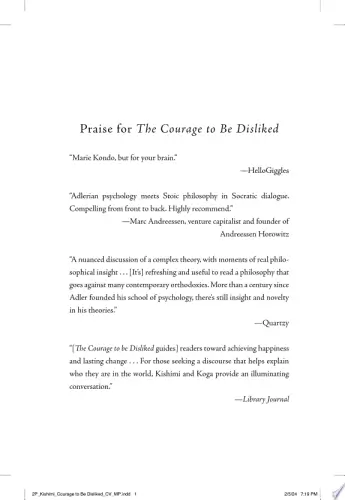
The Courage To Be Disliked
Ichiro Kishimi
We Were Liars
E. Lockhart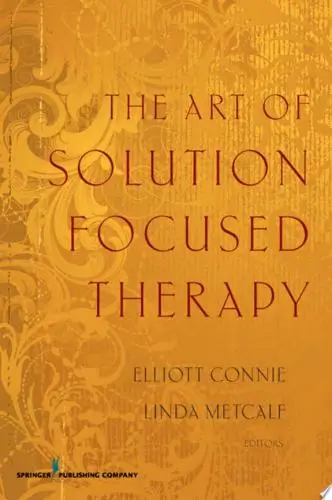
The Art of Solution Focused Therapy
Elliott Connie, MA, LPC
The Science of Storytelling
Will Storr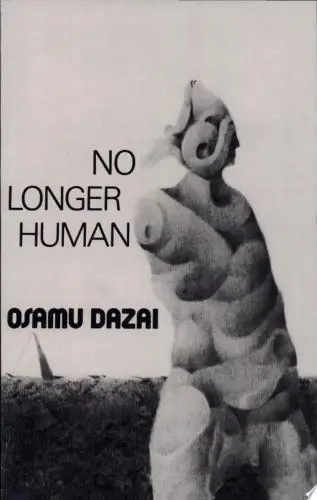
No Longer Human
太宰治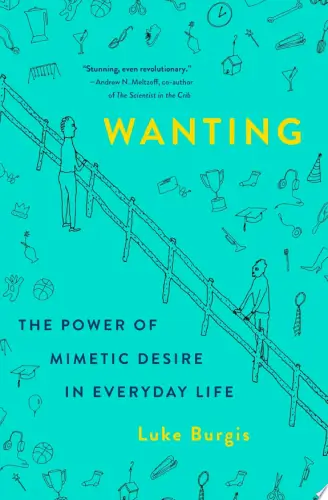
Wanting
Luke Burgis
Mrs Dalloway
Virginia Woolf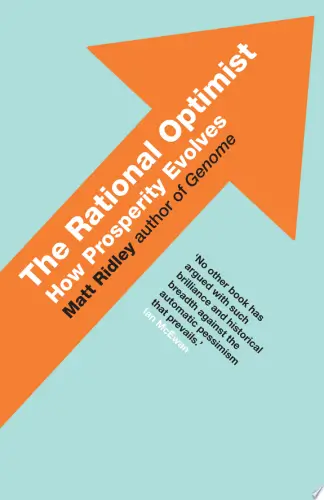
The Rational Optimist
Matt Ridley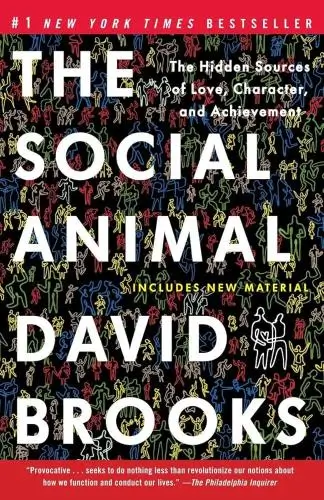
The Social Animal
David BrooksTrending Summaries

Peak
Anders Ericsson
Never Split the Difference
Chris Voss
Smart Brevity
Jim VandeHei
The Psychology of Money
Morgan Housel
The First 90 Days
Michael D. Watkins
Atomic Habits
James Clear
Thinking, Fast and Slow
Daniel Kahneman
The Body Keeps the Score
Bessel van der Kolk M.D.
The Power of Regret
Daniel H. Pink
The Compound Effect
Darren HardyNew Books

The ^AOxford Handbook of Job Loss and Job Search
Ute-Christine Klehe PhD
Job Interviews For Dummies®
Joyce Lain Kennedy
Job Interviews In A Week
Alison Straw
Handbook of Career Development
Gideon Arulmani
The Art of Spending Money
Morgan Housel
$100M Offers
Alex Hormozi
A Candle for Kiri
Edna Mae Holm
Principles of Marketing, Global Edition
Gary Armstrong
Serpent Rising: The Kundalini Compendium
Neven Paar

